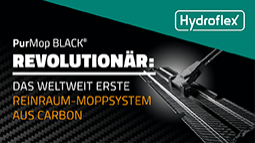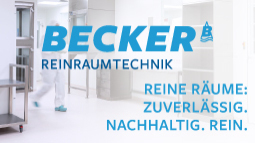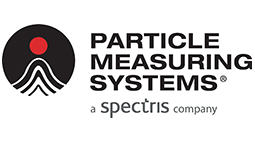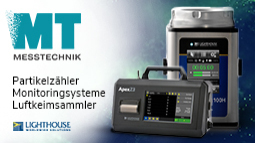A Big Bioreactor Breakthrough
No matter what the industry, taking the step from providing components to creating long-term partnerships is increasingly the name of the game.
When Trelleborg Sealing Solutions wanted to break into the highly innovative life sciences industry, the company sought ways to position itself as a provider of engineered solutions.
Peter Krass, Key Account Manager at Trelleborg Sealing Solutions explains: “We were looking for demanding projects where we could show that by partnering with us, customers could get a wide range of products and tailor-made solutions from a single source, tapping into our global network.”
A lucky break came in 2009 when Sartorius Stedim Biotech, a leading international supplier to the biopharmaceutical industry, was scaling up its portfolio of disposable bags for single-use bioreactors to meet market demand.
The project required developing a 2,000-liter bag – a huge challenge that dramatically increased the component requirements. There was massive torque applied to the stirrer inside the bag, and the drive coupling had to withstand very high forces. There were also very strict cleanliness demands. Sartorius already had some basic ideas and was more or less looking for sealing support when it became clear that their ideas would not suffice.
“At the time, we only supplied some standard parts and did not have a very strong partnership,” Krass says. “When we learned about their needs, we arranged a demonstration to show what we could offer.”
Dr. Gerhard Greller, R&D Director Upstream Technology with Sartorius, recalls, “We found out that there was more competence within Trelleborg than we were aware of. They understood the requirements clearly and swiftly came up with a concept for a solution.”
It had all started with a seal, but the Trelleborg concept encompassed an entire assembly, featuring a radial magnetic coupling, designed specifically according to client specifications. Based on the Trelleborg concept, a project team was put together that pooled expertise from the two companies and spanned three countries.
It was key that all team members had a common understanding. So early in the process, Trelleborg brought in technical manager Tim Miller from a Trelleborg site that specializes in plastic bearings in Colorado, in the United States. “Tim was very competent, and listening to him we all went ‘Aha!’” Greller recalls. “Before that it had been very abstract.”
The magnetic coupling was developed by Trelleborg Sealing Solutions in Colorado while engineering was undertaken in Trelleborg Sealing Solutions in Stuttgart, Germany, and the bag was produced at the Sartorius site in Aubagne, France. The resulting coupling design, the Biostat STR 2000L, was launched in May 2014 and the bags in January 2015.
Sartorius did not know that Trelleborg could handle this kind of project, Greller says, but he adds, “The company is a reliable, competent development partner. There is the technical competence, but also the worldwide business behind it, which means quality and security of supply. They were also willing to invest in finding the best solution.”
The bioreactor bag project has opened the door to more collaboration, and new projects have already started within the bioreactor segment as well as with other Sartorius business units.
“It is all about life-cycle management,” Greller says. “We now discuss with Trelleborg how to improve this product for the next generation.”
The solution
- Sartorius Stedim Biotech’s 2,000-liter disposable bioreactor bag features a radial magnetic coupling using an assembly of special Durobal® and a housing of Zurcon® polyethylene welded to the bag.
- Durobal bearings are ideal in rotating applications, preventing metal-to-metal contact and offering low friction. They are self-lubricating for cleaner operating environments.
- Zurcon engineered plastic-based materials provide low friction, making them ideal for reciprocating, very slow rotating and oscillating applications that require high wear resistance.
Trelleborg AB (publ)
231 22 Trelleborg
Sweden










